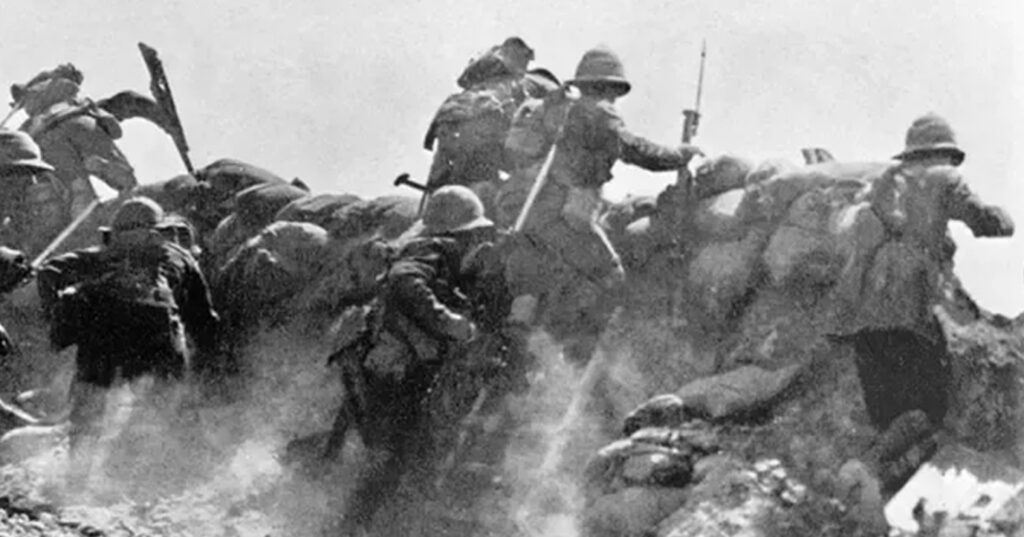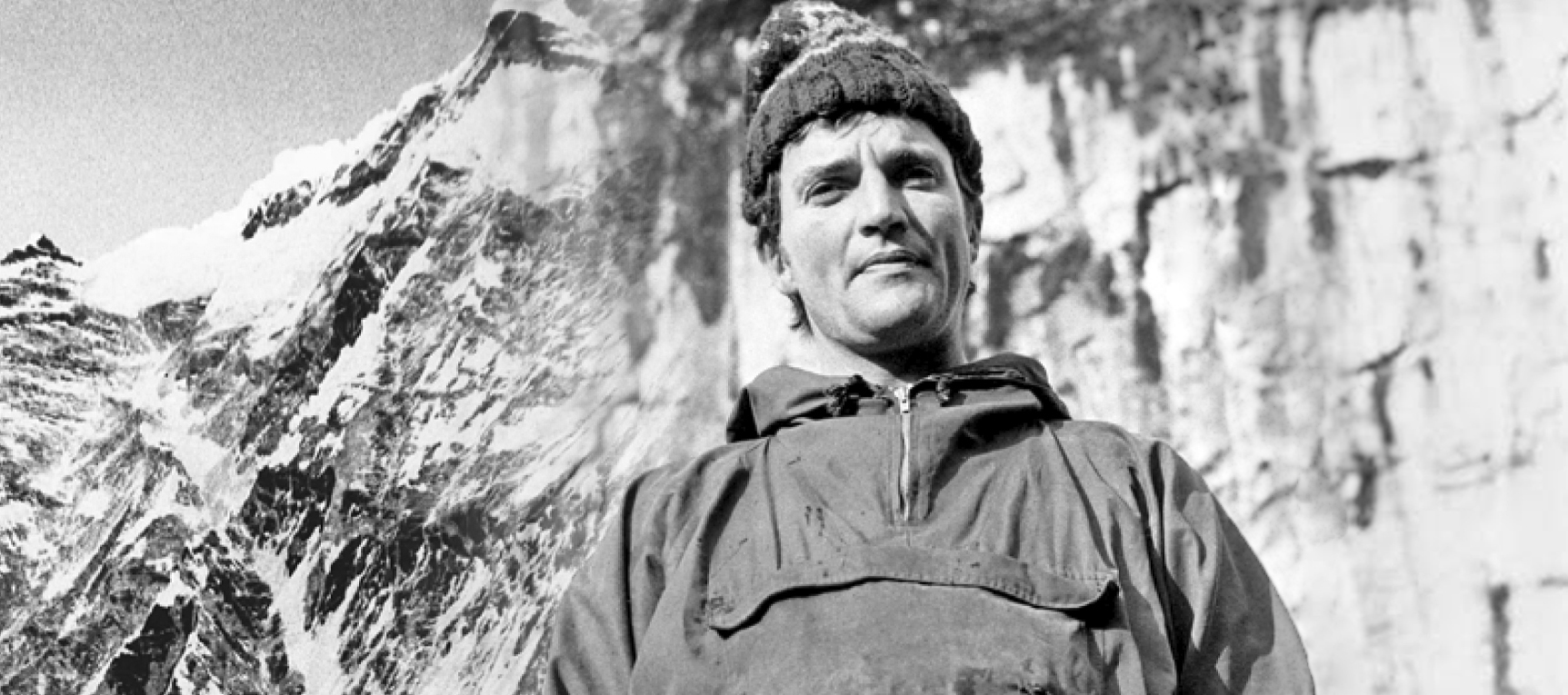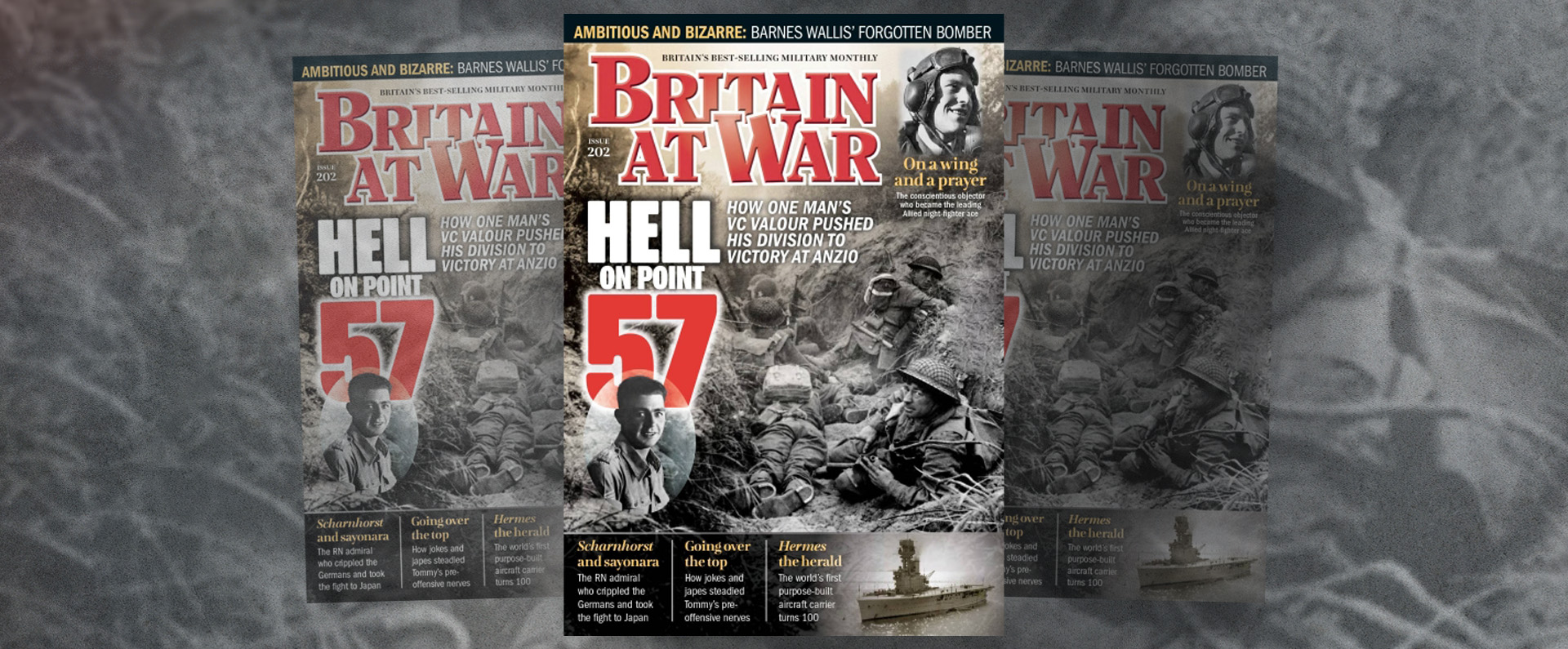
Published in the Sunday Telegraph on the 19 October 2014.
By early 1915, the war on the Western Front was not going well for the Allies. The fighting had bogged down, casualties were high and all the signs were that it would not be the short conflict that many had predicted. The Russians, too, were struggling against the Turks in the Caucasus.
To help their ally and to try to knock the Turks out of the war, Britain’s First Lord of the Admiralty, Winston Churchill, and Secretary of State for War, Lord Kitchener, began a campaign to force the Royal Navy through the Dardanelles. However, this faltered and it was decided to land troops at Gallipoli to clear the way forward.
Unlike the Australians who landed at dawn beyond Gaba Tepe on the beach later to be known as Anzac Cove, the British in the south were to land in daylight on five beaches around Cape Helles. To make up for this loss of surprise, a heavy naval bombardment was to cover the British landing.
This meant the Turks had a good idea of what was coming when the biggest amphibious landing of the war began. As part of the wider British attack, the Lancashire Fusiliers were chosen to land on and take control of a small, sandy cove – codenamed “W Beach” – just 350 yards long and between 15 and 40 yards wide, between Cape Helles and Tekke Burnu. It was so well defended that the Turks may have regarded it as impregnable to an attack from open boats.
Nevertheless, the attack began at 6am on April 25. Despite the success in taking the beach, it came at a terrible price, with up to 600 members of the regiment killed or wounded. Of the first 200 men who landed, only 21 survived. HMS Euryalus was the ship that transported Fusiliers to Gallipoli, where approximately 1,000 men stormed the heavily-fortified W Beach.
After the battle, the Lancashire Fusiliers were allotted six VCs and were asked to choose the recipients. The decorations and the names of the recipients were formally announced in the London Gazette on August 24 1915, when part of the men’s citation read: “On the 25th April, 1915, three Companies and the Headquarters of the 1st Battalion Lancashire Fusiliers, in effecting a landing on the Gallipoli Peninsula to the West of Cape Helles, were met by a very deadly fire from hidden machine guns which caused a great number of casualties. The survivors, however, rushed up to and cut the wire entanglements, notwithstanding the terrific fire from the enemy, and, after overcoming supreme difficulties, the cliffs were gained and the position maintained.”
After the decorations were announced, the regiment became famous for its “Six VCs Before Breakfast” and the beach was renamed “Lancashire Landing” in honour of the fallen and wounded Fusiliers. To this day, Gallipoli and the heroism displayed by the Lancashire Fusiliers is celebrated each year with a Gallipoli Day march and church service in Bury, the spiritual home of the regiment which is now called the Royal Regiment of Fusiliers.
From a personal point of view, I congratulate Colonel Gorski and the Fusilier Museum for their determined research work and I very much look forward to the possibility of six of the most famous VCs in the world being reunited soon.
For more information, visit:



